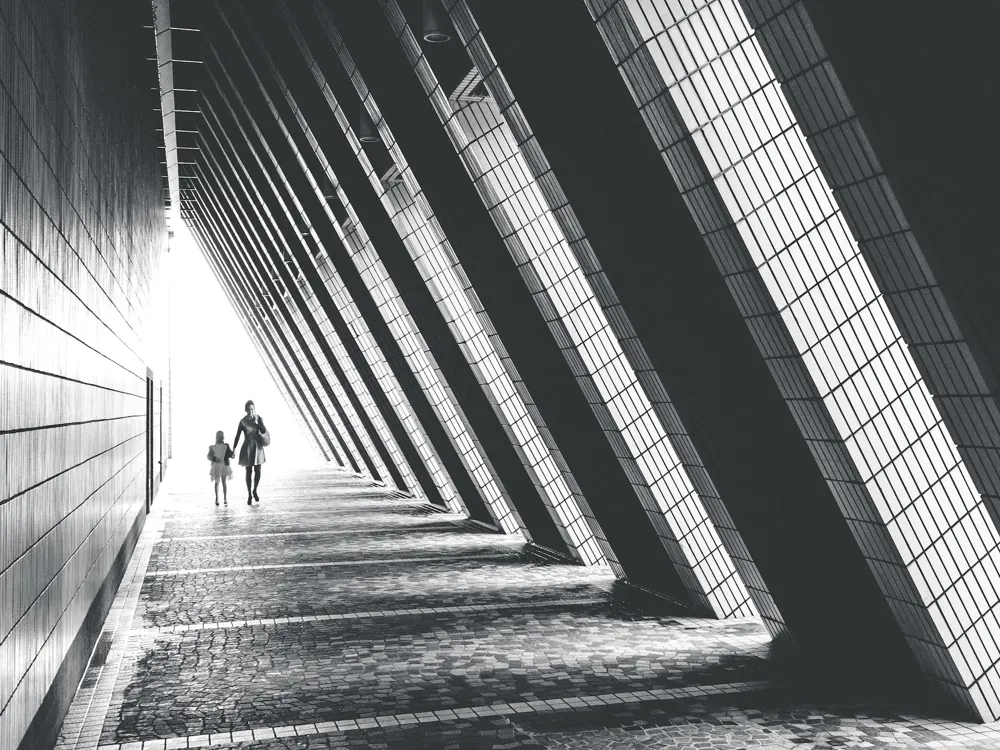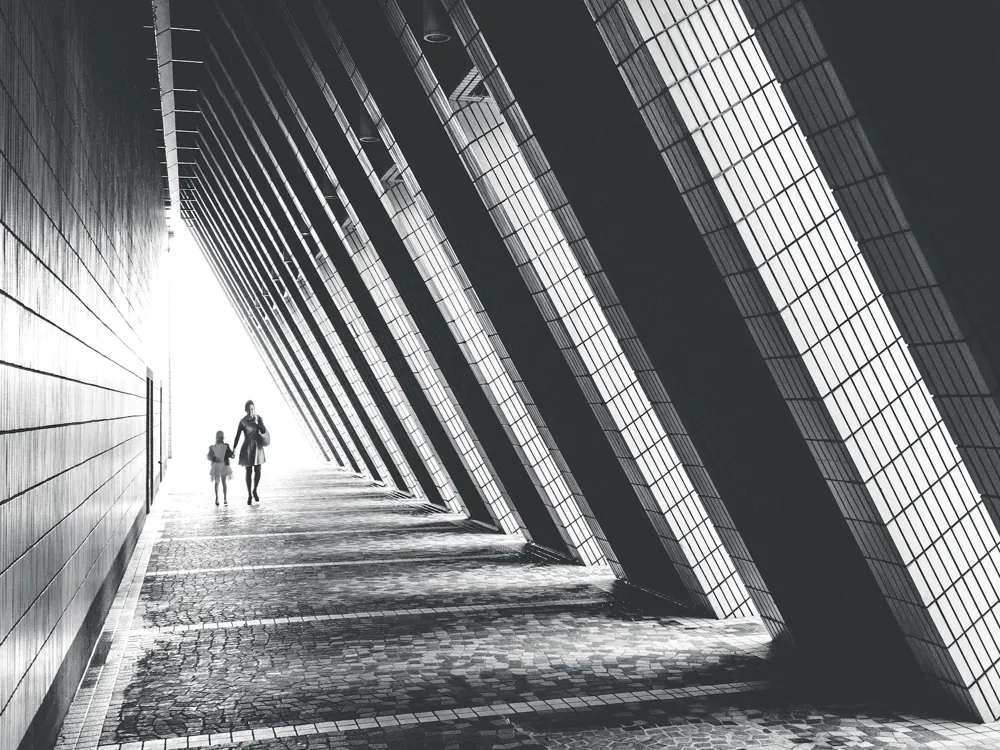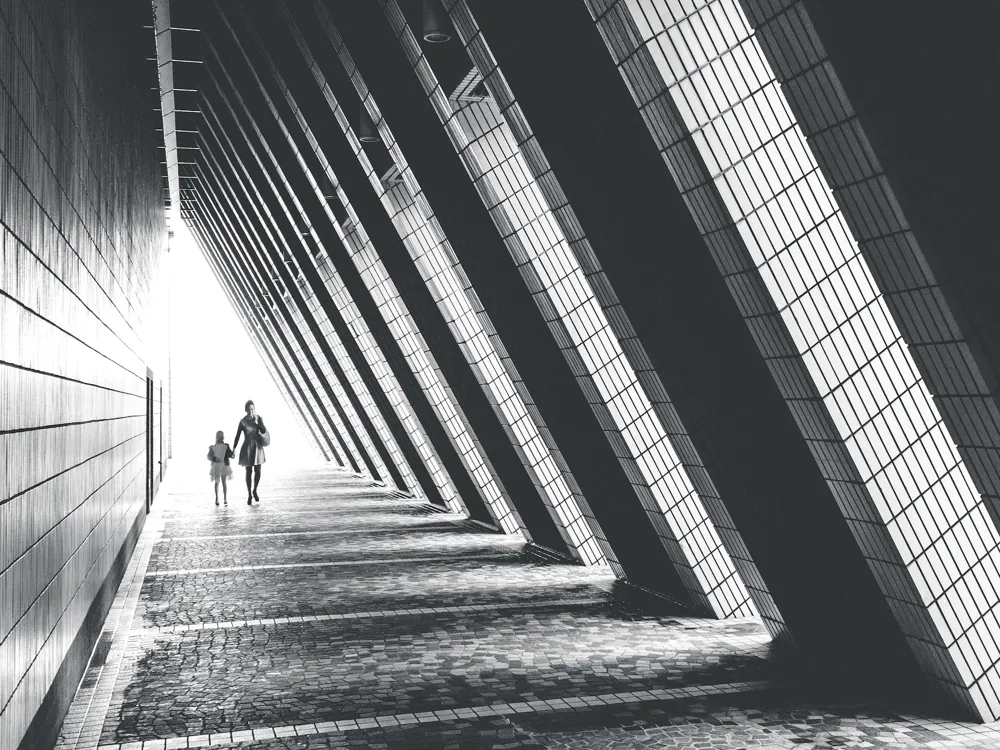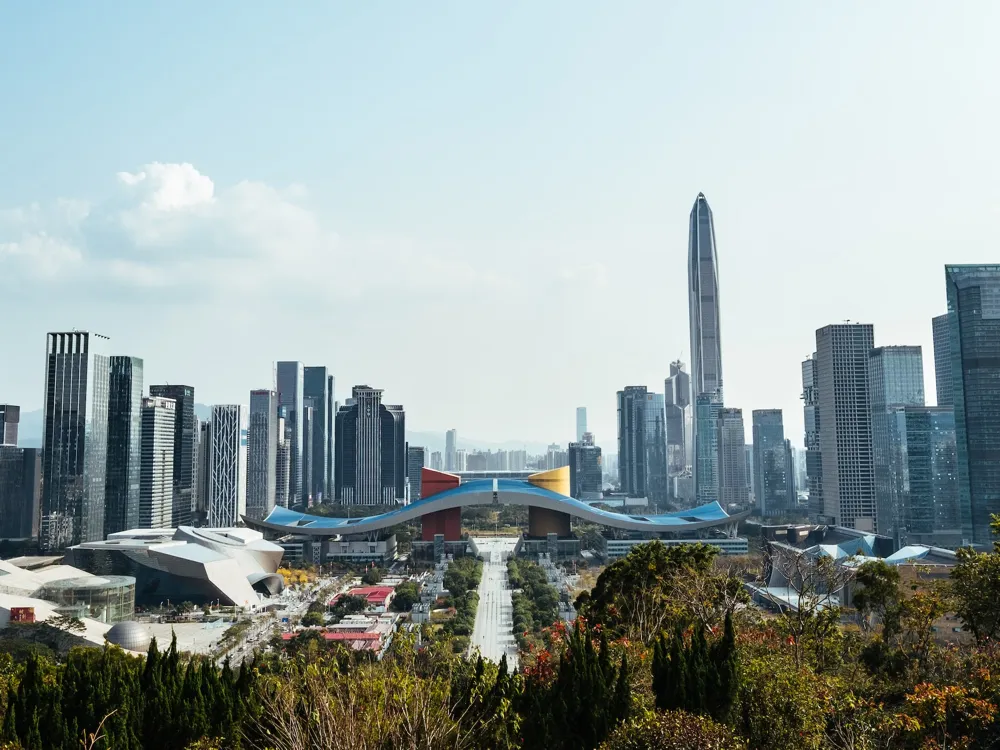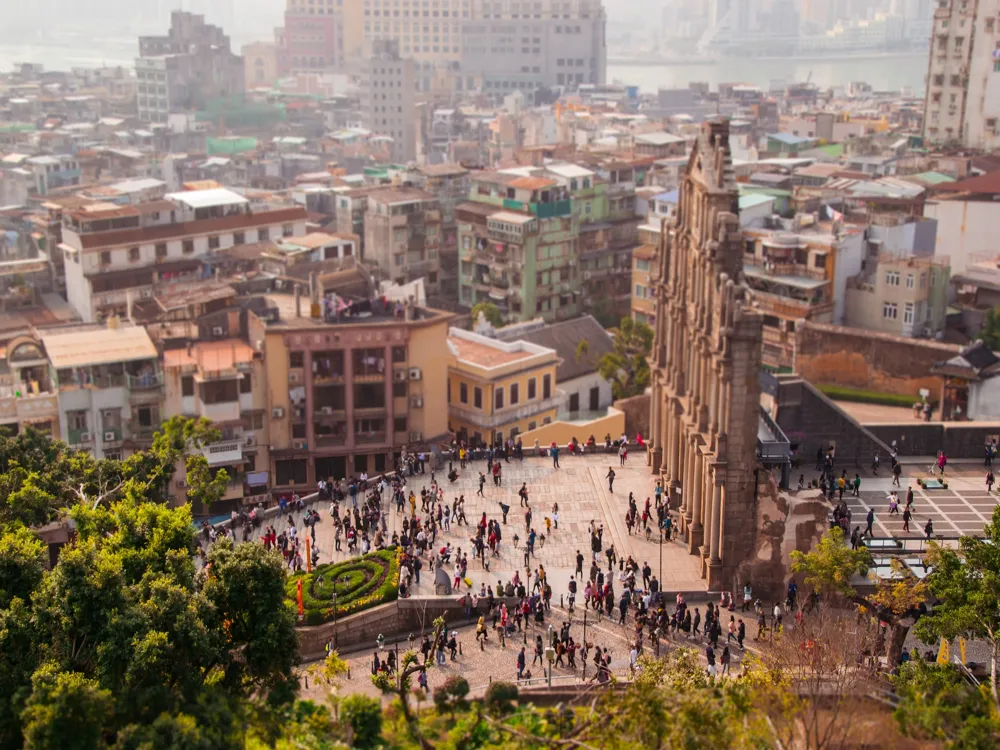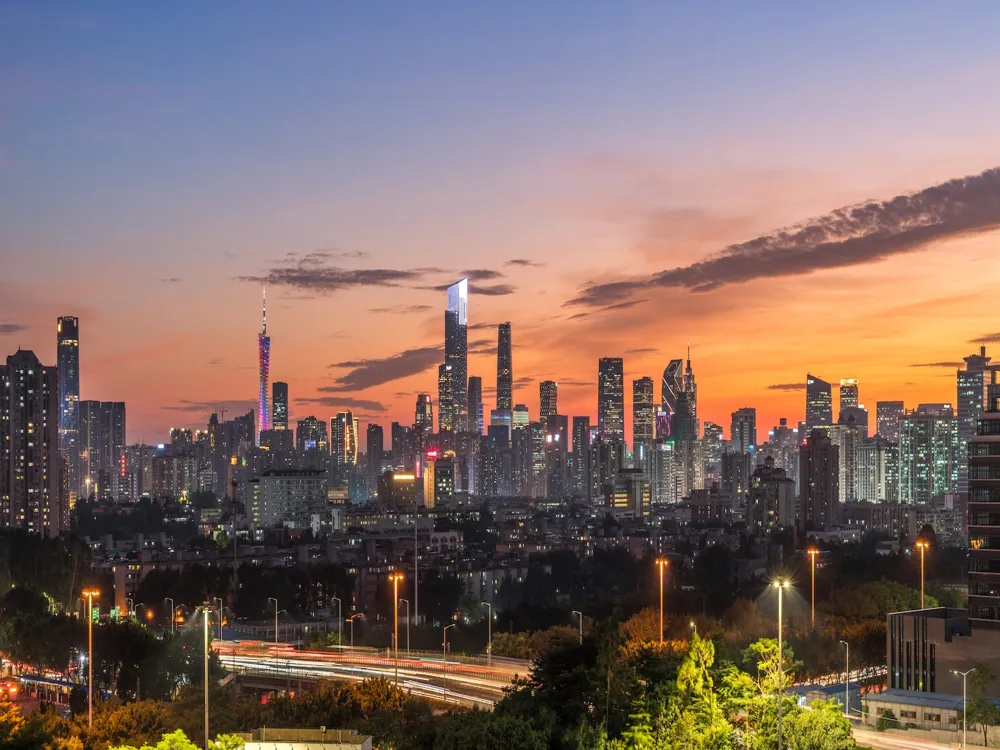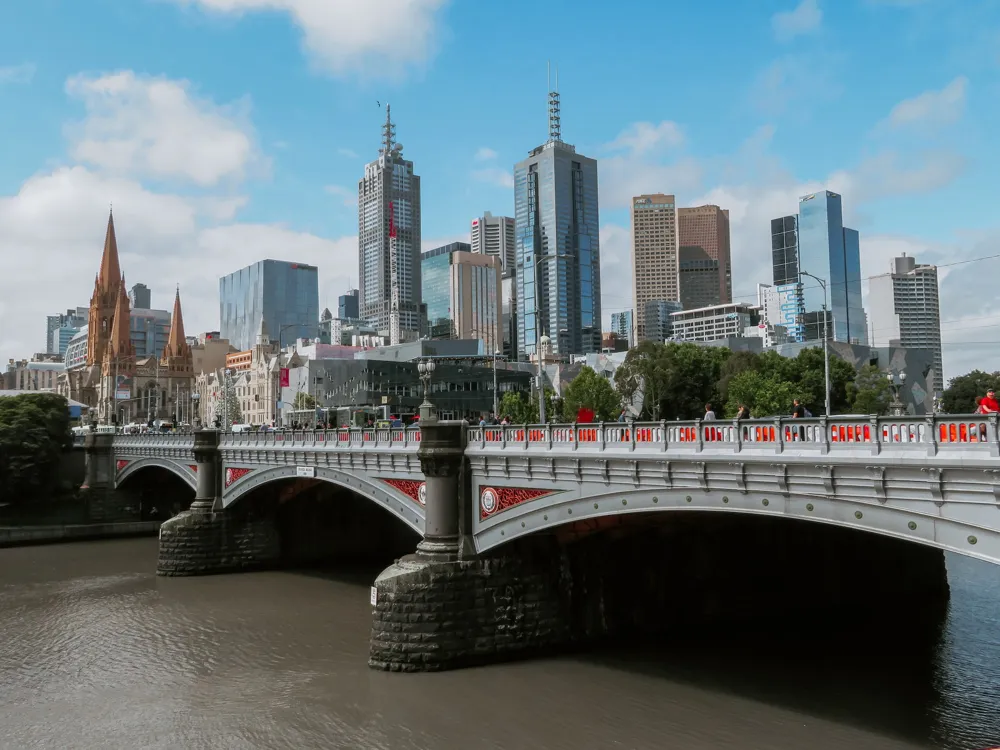Hong Kong, a vibrant metropolis known for its skyscrapers, also harbors an age-old tradition that stands tall amidst its urban landscape – the bamboo scenes. These bamboo structures are not just mere constructions; they are a testament to the city's cultural heritage and architectural ingenuity. Bamboo, being an integral part of Chinese culture, symbolizes strength and flexibility, qualities that resonate deeply with the spirit of Hong Kong. The use of bamboo in construction dates back centuries in China, and Hong Kong has carried this tradition forward, blending it seamlessly with modern architectural practices. These bamboo scenes are commonly seen at construction sites, where they are used as scaffolding, and during traditional festivals, where they form the backbone of elaborate structures. The adaptability of bamboo allows it to be molded into various forms, making it a versatile material in the hands of skilled workers known as 'scaffolders'. Bamboo scaffolding is not only a practical solution for construction in Hong Kong's dense urban environment but also a symbol of sustainability. Bamboo grows rapidly, making it an eco-friendly alternative to steel. Its lightweight yet strong characteristics make it ideal for use in high-rise construction, where it can be easily transported and assembled. Moreover, the art of bamboo construction is passed down through generations, keeping this unique skill alive and relevant in a rapidly modernizing world. Visitors to Hong Kong are often mesmerized by the bamboo scenes that dot the cityscape. These structures provide a stark, yet harmonious contrast to the glass and concrete that dominate the city. They are not only functional but also have an aesthetic appeal, representing a blend of tradition and modernity. The bamboo scenes of Hong Kong are a true reflection of the city's resilience, adaptability, and commitment to sustainable practices. As you explore the bustling streets of Hong Kong, you'll encounter these bamboo scenes in various forms – from simple scaffolding on buildings to intricate designs during festivals like the Mid-Autumn Festival or the Cheung Chau Bun Festival. Each structure tells a story of craftsmanship, culture, and the enduring spirit of Hong Kong. The architecture of bamboo scenes in Hong Kong is a fascinating blend of traditional techniques and modern engineering. These structures are not just functional; they are an art form, showcasing the skill and precision of the scaffolders. The construction of bamboo scaffolding involves intricate techniques passed down through generations, combined with modern safety standards to meet the demands of contemporary construction. Each bamboo pole used in these structures is carefully selected for its strength and flexibility. The poles are then tied together using special knots, a skill that takes years to master. These knots are not just functional; they are an integral part of the scaffold's structural integrity. The design of bamboo scaffolding is adaptable to the unique contours of each building, making it a preferred choice for construction and renovation in the city's dense urban environment. The architecture of bamboo scenes also reflects the cultural significance of bamboo in Chinese society. Bamboo is revered for its resilience and ability to bend without breaking, qualities that are symbolic of the Chinese ethos. The scaffolding not only serves a practical purpose but also stands as a symbol of the enduring strength and flexibility of the Hong Kong people. One of the most remarkable aspects of Hong Kong's bamboo architecture is its role in the city's festivals. During events like the Cheung Chau Bun Festival, bamboo is used to create towering structures that are both a feat of engineering and a spectacle of beauty. These structures are often adorned with colorful decorations, transforming them into works of art that captivate both locals and tourists alike. The bamboo scenes of Hong Kong also highlight the city's commitment to sustainable practices. In a world increasingly conscious of environmental impact, the use of bamboo offers a sustainable alternative to more traditional construction materials. Its rapid growth rate and biodegradability make it an eco-friendly choice, aligning with global efforts to reduce carbon footprints. In conclusion, the architecture of bamboo scenes in Hong Kong is not just a display of construction techniques; it's a reflection of the city's culture, history, and commitment to sustainability. These bamboo structures, though temporary, leave a lasting impression on all who witness them, embodying the resilience, adaptability, and forward-thinking spirit of Hong Kong. The ideal time to visit bamboo scenes in Hong Kong is during the cooler months from October to early March. This period offers pleasant weather, making it comfortable to explore outdoor sites. Additionally, visiting during traditional festivals like the Cheung Chau Bun Festival or the Mid-Autumn Festival can provide a unique insight into the cultural significance of bamboo in Hong Kong. While bamboo scaffolding is a marvel to behold, it's important to prioritize safety. Visitors should maintain a safe distance from active construction sites and adhere to any safety signs or barriers. It's also advisable to be aware of your surroundings and follow local regulations to ensure a safe and enjoyable experience. For photography enthusiasts, bamboo scenes offer a unique subject. It's recommended to use a wide-angle lens to capture the scale of the structures. Experimenting with different angles and perspectives can also add depth to your photos. However, be respectful of the construction sites and avoid trespassing for the perfect shot. Understanding and respecting the local culture is crucial when visiting bamboo scenes. These structures are not just tourist attractions but are integral to the local community. Visitors should be respectful and avoid causing disturbances, especially during festivals when these structures hold significant cultural value. Reaching bamboo scenes in Hong Kong is relatively straightforward, thanks to the city's efficient public transportation system. The Mass Transit Railway (MTR) is the most convenient way to travel. Visitors can take the MTR to areas like Central, Wan Chai, and Causeway Bay, where bamboo scaffolding is commonly used. Additionally, buses and taxis offer alternative means of transportation to various parts of the city. For those interested in guided tours, several travel agencies offer specialized tours focusing on the bamboo scenes of Hong Kong, providing a deeper understanding of this unique aspect of the city's architecture. Read More:Overview of Bamboo Scenes in Hong Kong
Architecture of Bamboo Scenes in Hong Kong
Tips When Visiting Bamboo Scenes in Hong Kong
Best Time to Visit
Safety Precautions
Photography Tips
Cultural Etiquette
How To Reach Bamboo Scenes in Hong Kong
Bamboo Scenes
Hong Kong
NaN onwards
View hong-kong Packages
Weather :
Tags : Art Gallery
Timings : Monday, Wednesday, Thursday, Friday - 12:00 PM - 03:00 PM and 06:00 PM - 09:00 PM
Saturday and Sunday - 12:00 PM - 09:00 PM
Closed on Tuesday
Planning a Trip? Ask Your Question
Hong-kong Travel Packages
View All Packages For Hong-kong
Top Hotel Collections for Hong-kong

Private Pool

Luxury Hotels

5-Star Hotels

Pet Friendly
Top Hotels Near Hong-kong
Other Top Ranking Places In Hong-kong
View All Places To Visit In hong-kong
View hong-kong Packages
Weather :
Tags : Art Gallery
Timings : Monday, Wednesday, Thursday, Friday - 12:00 PM - 03:00 PM and 06:00 PM - 09:00 PM
Saturday and Sunday - 12:00 PM - 09:00 PM
Closed on Tuesday
Planning a Trip? Ask Your Question
Hong-kong Travel Packages
View All Packages For Hong-kong
Top Hotel Collections for Hong-kong

Private Pool

Luxury Hotels

5-Star Hotels

Pet Friendly







